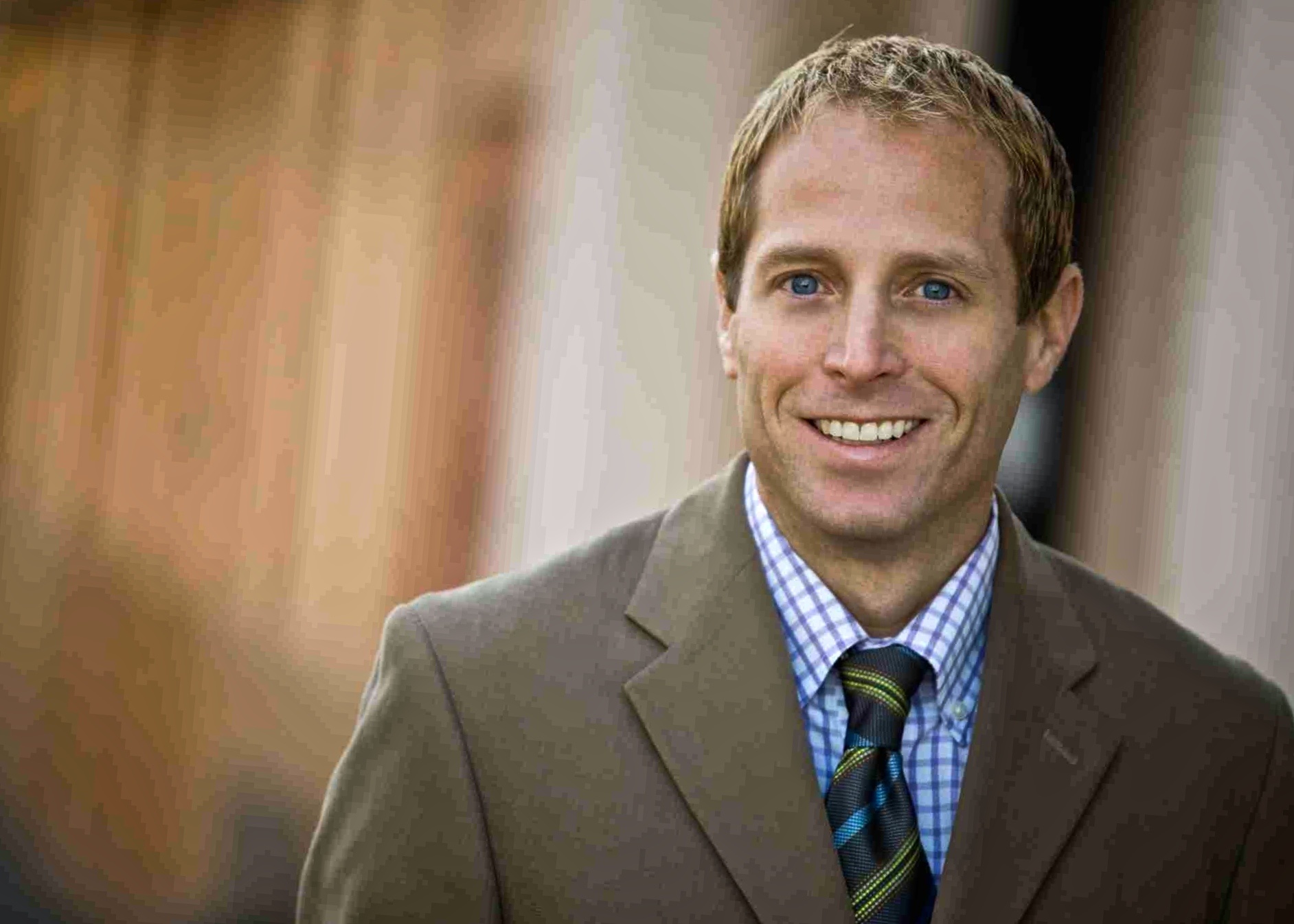Do doctors and other medical professionals have an ethical obligation to treat homelessness as a unique condition? One of the most prestigious medical journals in the world says yes. In a two paper series published in the British medical journal The Lancet, the authors advocate for an expanded understanding of the healthcare needs of “the homeless.” They point to the morbidity that exists within populations experiencing homelessness and describe interventions. Most of all, they sound a clarion for medical professionals around the world to reconsider homelessness in the context of health.
As a physician who has dedicated his career to working with marginalized and underserved populations, I’ve taken for granted that my colleagues feel a passionate call to help end homelessness. This is not always true. In fact, many of my colleagues do not fully understand the depth of tragedy and suffering that is tied to the experience of homelessness. The Lancet articles point to a need for medical professionals to better understand the service delivery needs and supports that would help to end the experience of homelessness for millions of people around the world.
The United Nations estimates that over 600 million people live in life- and health-threatening homes in Asia, Africa and Latin America (UN-Habitat). Equally compelling are the millions of people around the world experiencing homelessness on any given night. Homelessness and housing instability are not isolated issues. They are global issues.
The challenge for medical professionals working with people experiencing homelessness is to seek healing pathways that will mitigate the suffering brought on by housing instability and homelessness. Hwang and Burns, in their Lancet article, suggest interventions that emphasize interpersonal relationships, connect people to a wide variety of community resources, adapt clinical services to meet the challenges of housing instability and social marginalization, and expand services to meet the needs of people experiencing homelessness.
But it will take more. We as medical professionals are called to understand the deeper complexities of homelessness – the fact that many people living in and surviving the experience of homeless come from backgrounds punctuated by trauma, abuse, and neglect. While embracing the possibilities of recovery and healing, we also must recognize the incredibly injurious nature of the experience of homeless people – violence, victimization, and social isolation. And, we are called to fully understand that the tools needed to care for people experiencing homelessness must be comprehensive and holistic.
Dr. Hwang (one of my personal heroes and a champion for underserved populations for over 25-years) and Dr. Burns outline various service delivery models that are effective in working with people experiencing homelessness. They describe the need for relationship-driven, integrated care delivery that addresses the serious health conditions of people experiencing homelessness as well as the underlying contextual issues. They point to the profound need to provide care and advocacy as parallel services. And most of all – they challenge all medical providers to think holistically about the services we provide.
Medicine is a privileged profession – it allows us to connect with the people we serve on a deeply profound level. We learn about the triumphs and challenges of our patients. We learn about our patient’s deepest fears and greatest sorrows. Working with people experiencing homelessness means we need to view them as more than their housing instability, mental health condition, and substance use disorder. We must always remember that homelessness is an experience suffered by people – people living through deeply traumatic experiences.
The authors of the Lancet papers challenge each of us to broaden our role in ending homelessness. They challenge each of us to help rebuild the lives of people experiencing unimaginable circumstances. Who better than medical professionals to take on this important role.
Image adapted by Molly Richard from images by Katy Warner and Stefano A./CC BY 2.0







